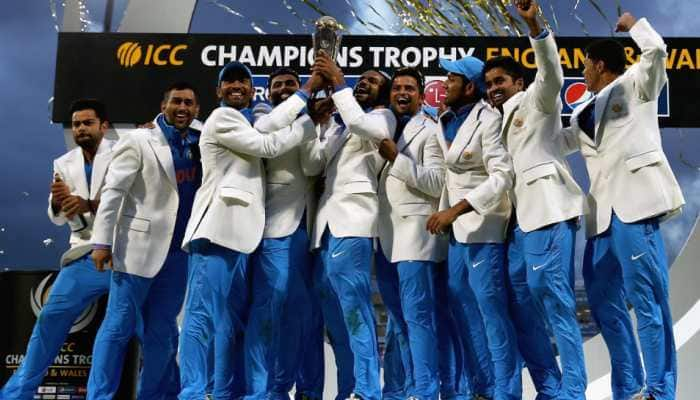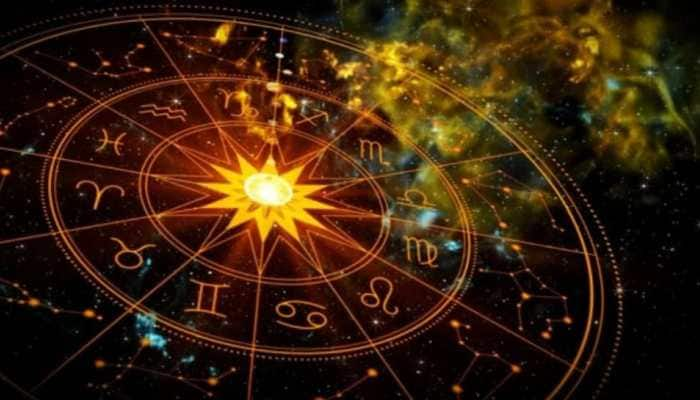RSS seeks review of country's population policy after census figures show rise in Muslim population
With the recent census figures recording the Muslim population count at over 17 crores, the Rashtriya Swayamsevak Sangh (RSS) executive meeting on Saturday passed a resolution on "Challenge of imbalance in the population growth rate".
Trending Photos
Ranchi: With the recent census figures recording the Muslim population count at over 17 crores, the Rashtriya Swayamsevak Sangh (RSS) executive meeting on Saturday passed a resolution on "Challenge of imbalance in the population growth rate".
The RSS also expressed its concern over the changing demographics, emphasising that different communities are growing at different rates in the country.
Briefing the media on the deliberations, RSS Sah-Sarakaryavah (joint secretary) Krishna Gopal said the resolution urged the Centre to re-formulate the National Population Policy keeping in view the availability of resources in the country, future needs and the "problem of demographic imbalance".
Also Read: Hindu population down below 80% for first time ever, Muslims at 14%, shows Census data
While demanding government's intervention to modify the population growth rate policies, senior RSS leader Krishna Gopal said, "Muslim population growth rate is higher in border areas. Eight districts in India have majority of Muslims. We demand that population policy should be modified."
He further said, "How can Hindu dominated districts become Muslim dominated? Cultural identity is being destroyed because of this. Population policy structure should not be in trouble."
Quoting the resolution, Krishna Gopal said that although India was one of the early countries in the world to announce as early as 1952 that it will have population planning measures, it was only in 2000 that a comprehensive population policy was formulated and a population commission was formed.
The policy, he said, aimed at achieving a stable but healthy population by 2045 by optimising the fertility rate to the ideal figure of 2.1 total fertility rate (TFR) and it was expected that this aim was in accordance with the national resources and expected future requirements, it would be uniformly applied to all the sections of society.
However, the National Fertility & Health Survey (NFHS) of 2005-06 and the 0-6 age group population percentage data of religion in Census 2011, both indicate that the TFR and child ratio "is uneven across the religions", Gopal said.
"The report of Upamanyu Hazarika Commission...And several judicial pronouncements from time to time have also corroborated these facts," he added.
"It is also a fact that the infiltrators are usurping the rights of citizens of these states and are becoming a heavy burden on the already scant resources apart from creating socio-cultural, political and economic tensions," the resolution said.
Terming the "religious imbalance" of population in the North Eastern states as serious, it said in 1951 the Indian origin people in Arunachal Pradesh was 99.21 per cent, but it came down to 81.3 percent in 2001 and to 67 percent in 2011.
Turning to Manipur, the RSS resolution said the state's share of Indian origin population decreased to 50 per cent in 2011 from more than 80 percent found in 1951.
It claimed that these examples and pointers of "unnatural growth..." in many districts of the nation indicate a "targeted religious conversion" activity by some vested interests.
The recent census showed that the Muslim community had registered a moderate 0.8 percent growth to touch 17.22 crore in the 10 year period between 2001 and 2011, up from 13.8 crore, while Hindus population showed a decline by 0.7 percent at 96.63 crore during the period.
As per the religious census data of 2011, released by the Registrar General and Census Commissioner, the total population in the country in 2011 was 121.09 crore.
Hindu population is 96.63 crores (79.8 per cent); Muslim 17.22 crores (14.2 per cent); Christian 2.78 crores (2.3 per cent); Sikh 2.08 crores (1.7 per cent); Buddhist 0.84 crores (0.7 per cent); Jain 0.45 crores (0.4 per cent), Other religions and persuasions (ORP) 0.79 crores (0.7 per cent) and religion not stated 0.29 crores (0.2 per cent).
The proportion of Muslim population to total population has increased by 0.8 percentage point (PP) in 2011, the census data said.
(With Agency inputs)
Stay informed on all the latest news, real-time breaking news updates, and follow all the important headlines in india news and world News on Zee News.
Live Tv







)
)
)
)
)
)
)
)
)
)
